GENIUS Act Passed: Could This Mark a Turning Point for USDC to Surpass USDT?
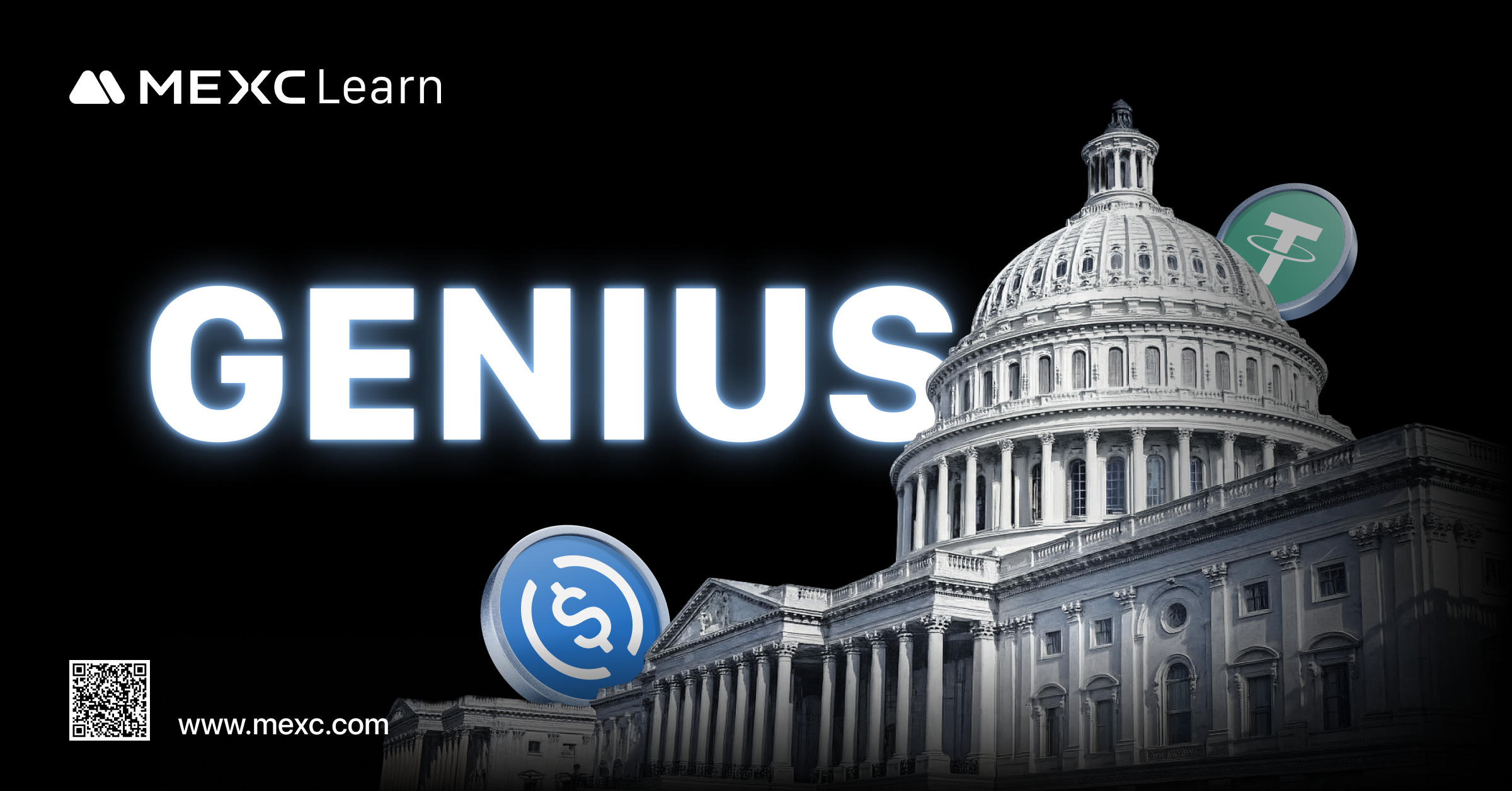

1. Core Provisions: Stablecoins Enter a Regulated Financial Framework
2. Beyond Regulation: An On-Chain Extension of U.S. Dollar Hegemony
3. Restructuring the Stablecoin Industry: Leading Players Emerge
3.1 USDC: Primary Beneficiary of Regulatory Clarity
3.2 USDT: Market Leader Facing Heightened Compliance Pressure
3.3 Decentralized Stablecoins: Regulatory Headwinds and Structural Challenges
4. Structural Shifts in DeFi and the RWA Ecosystem
5. Divergent Impacts of Global Monetary Policy Linkages
6. Turning Point or Instrument of Control?
Popular Articles

Who Created Solana? The Founders Behind the Fast Blockchain
Solana stands as one of the fastest blockchains in crypto, processing over 65,000 transactions per second with average fees below $0.001.But who created Solana, and what drove them to build this high-

How to Add Solana to MetaMask (Step-by-Step)?
Managing cryptocurrency across multiple wallets can be frustrating, especially when you're juggling Ethereum assets in MetaMask and Solana tokens in a separate wallet.The good news?MetaMask now suppor

How to Buy Meme Coins on Solana? Complete Step-by-Step Guide
Solana has become the hottest destination for meme coin trading, thanks to its lightning-fast transactions and minimal fees.This guide walks you through exactly how to buy meme coins on Solana, from s

When Was Solana Launched? Complete History & Timeline
Solana officially launched its mainnet beta on March 16, 2020, marking the arrival of one of crypto's fastest blockchains.This article traces Solana's journey from Anatoly Yakovenko's 2017 whitepaper
Hot Crypto Updates
View More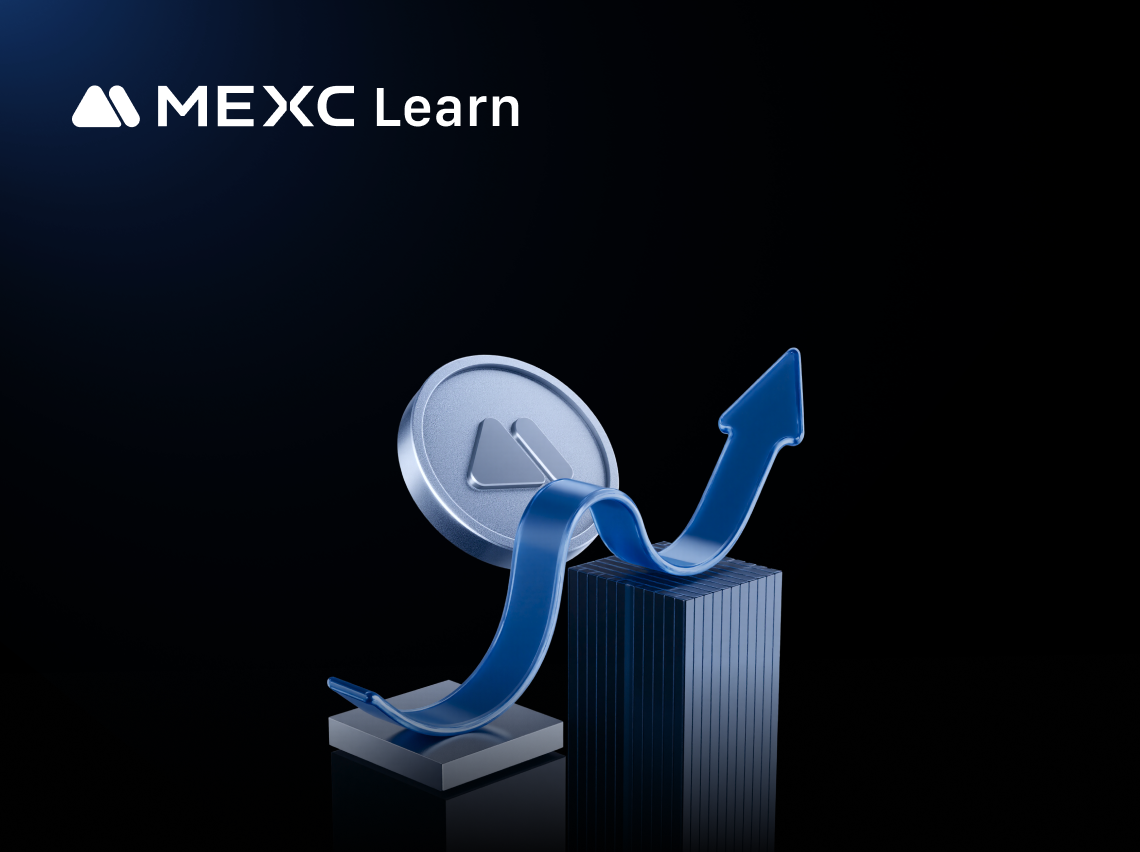
How to Beat Inflation in 2025: Why More Users Are Choosing MEXC to Earn with USDT & USDC
Key Takeaways Global inflation remains high, and as major central banks follow the U.S. Federal Reserve in cutting interest rates, bank deposit yields have dropped significantly. Traditional savings
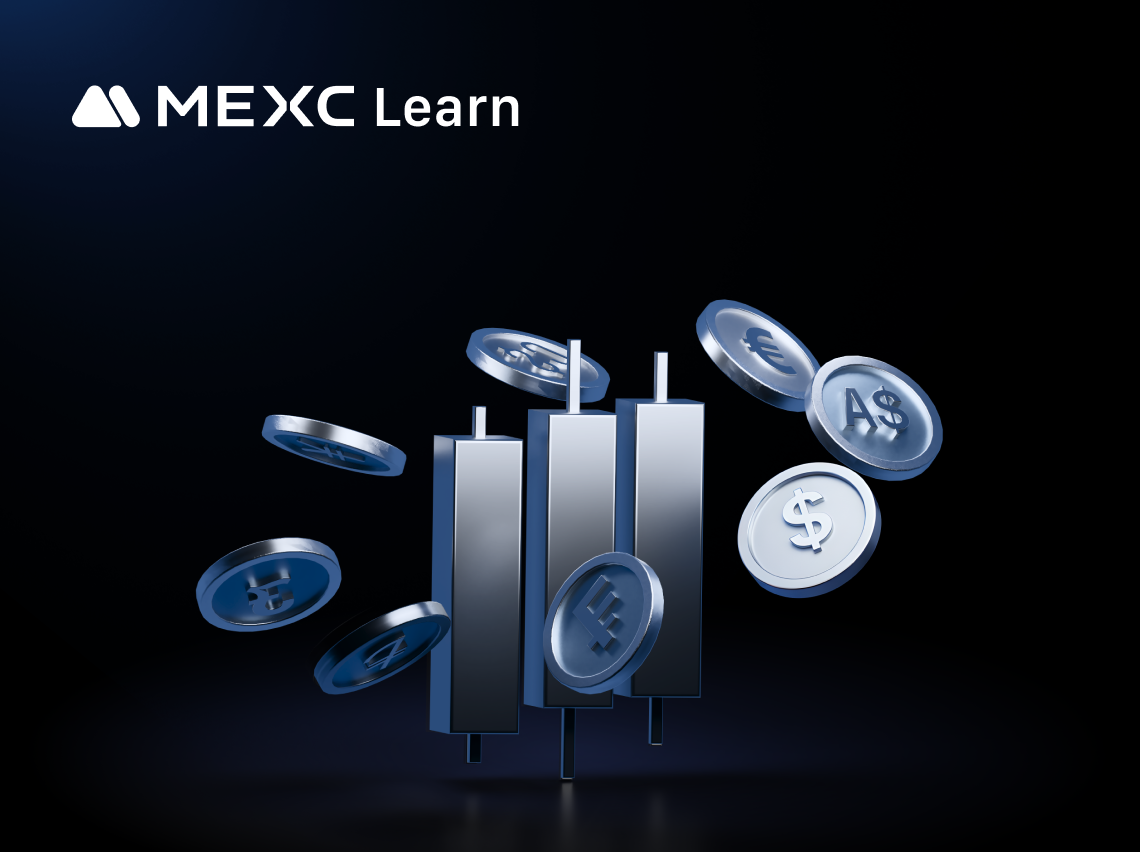
What are Stablecoins(USDT/USDC)? A Digital Safe Haven in Times of Currency Turbulence
Key Takeaways Wars, inflation, and currency volatility are eroding the value of many local currencies, prompting people to turn to stablecoins as a store of value. USDT and USDC are two major

How Trump-Linked World Liberty Backs USD1 with Treasury-Fueled Expansion: Complete Analysis and Trading Guide
Key Takeaways World Liberty Financial launches USD1 stablecoin expansion backed by U.S. Treasury securities Trump family-endorsed crypto project introduces traditional financial assets as reserves
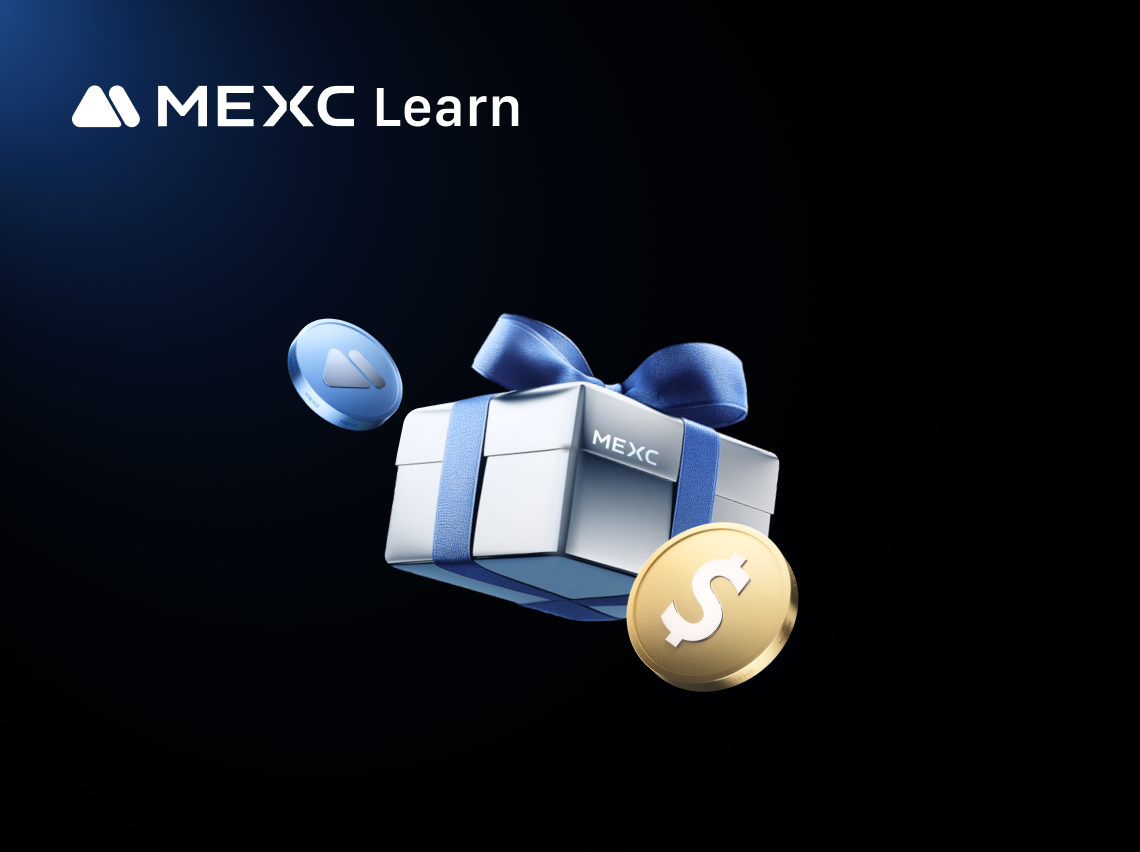
Kevin Hassett as Next Fed Chair: How 2026 Dovish Nomination Supercharges Crypto Markets (Investor Deep Dive)
Key Takeaways Trump's Fed Chair pick Kevin Hassett, 86% odds, dovish bias for aggressive rate cuts. Pro-crypto ties via Coinbase advisory, potential weak dollar boosts Blockchain assets. As of Dec 8,
Trending News
View More
The hackers involved in the Bitfinex Bitcoin theft have been released ahead of schedule.
PANews reported on January 2nd that, according to DL News, Ilya Lichtenstein, the hacker in the 2016 Bitfinex Bitcoin heist, has been released early. She claims

XRP Holds At $1.89 as Institutional Inflows Offset Weak Demand
The post XRP Holds At $1.89 as Institutional Inflows Offset Weak Demand appeared on BitcoinEthereumNews.com. Institutional inflows continue to support XRP despite

Bitcoin price and XRP Price Prediction 2026 Ahead of US Crypto Reserve, CLARITY Act
The post Bitcoin price and XRP Price Prediction 2026 Ahead of US Crypto Reserve, CLARITY Act appeared on BitcoinEthereumNews.com. Bitcoin price and XRP price enter

Turkmenistan Legalizes Crypto Mining Under Strict Government Control
The post Turkmenistan Legalizes Crypto Mining Under Strict Government Control appeared on BitcoinEthereumNews.com. Crypto mining and trading are legalized in Turkmenistan
Related Articles
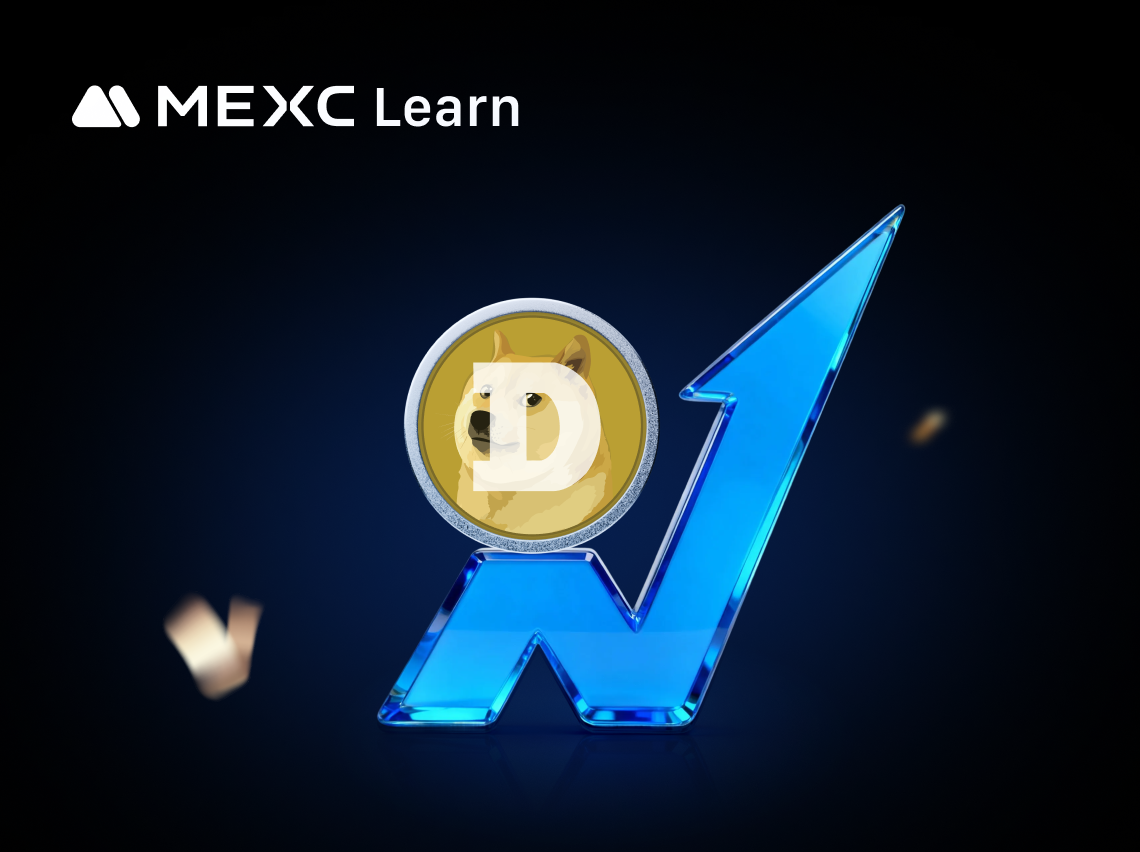
Dogecoin ETF: What We Know So Far and Whether It Could Happen
Key Takeaways:REX-Osprey Dogecoin ETF (DOJE) launched in September 2025 as the first U.S. product offering DOGE exposure via a mix of holdings and derivatives.Grayscale Dogecoin Trust ETF (GDOG) debut

Is Dogecoin Dead? A Data-Driven Look at DOGE’s Survival Through Market Cycles
Key Takeaways Dogecoin (DOGE) is not dead; it remains a liquid, actively traded asset with a market capitalization exceeding $20 billion as of late 2025. Though trading below its all-time high of $0.7
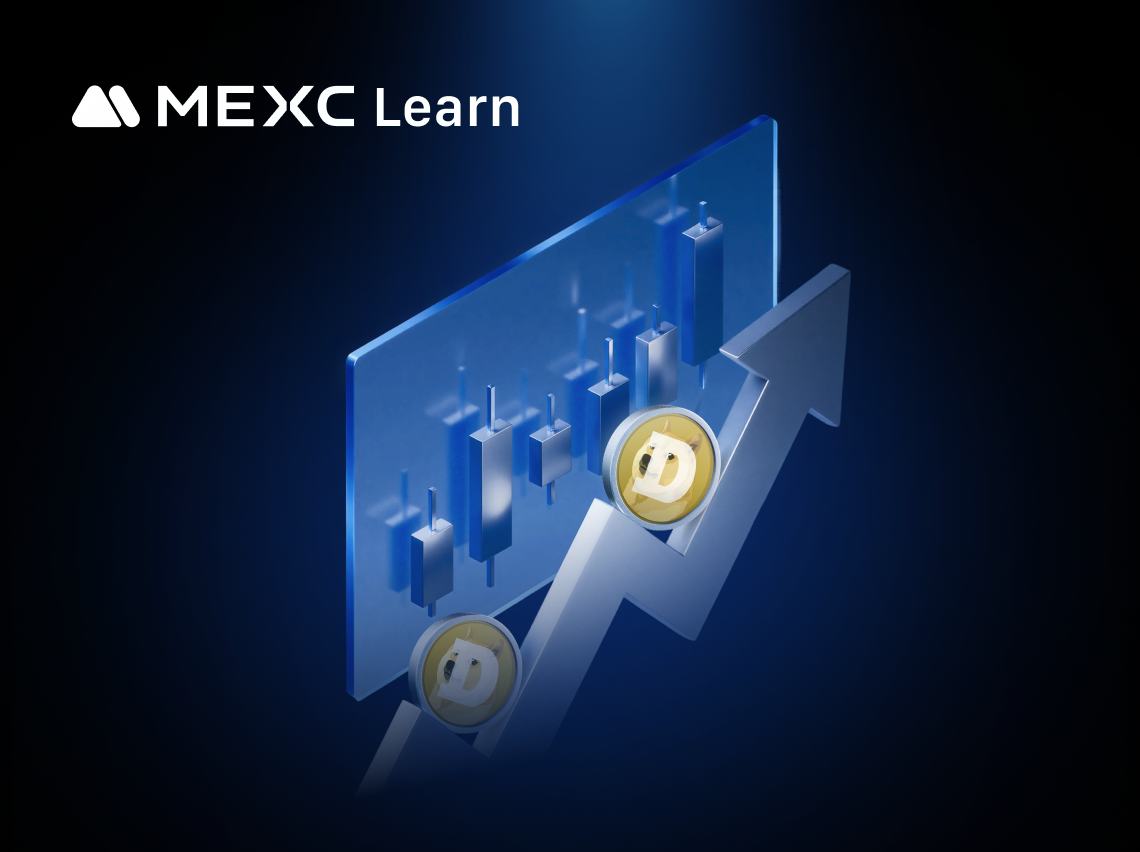
Dogecoin Price History: Major Cycles, Market Drivers, and Key Lessons
Key TakeawaysDogecoin has experienced extreme volatility, moving from near dormancy (2013–2020) to meme-driven surges (2021) and significant post-2021 corrections.The explosive 2021 surge drove DOGE t
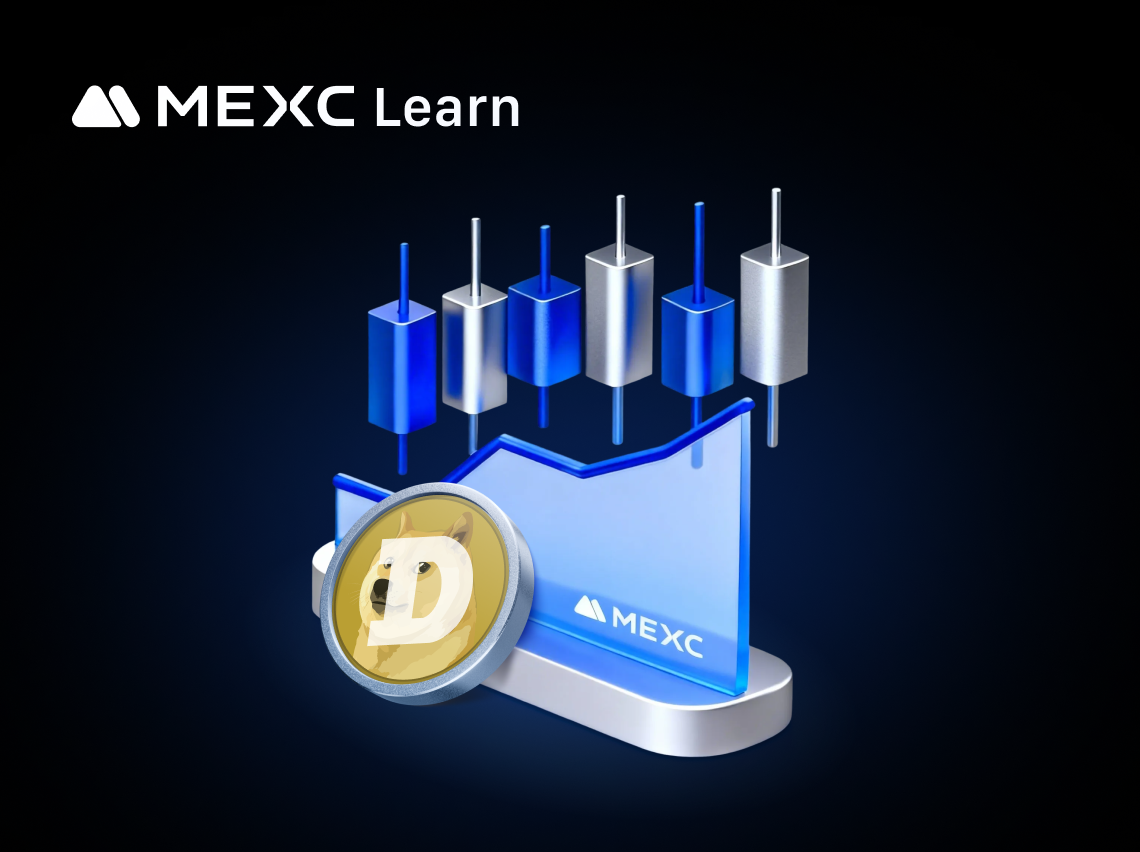
Dogecoin Marketcap Explained: What It Means and How It Shapes DOGE's Value
Key TakeawaysMarket capitalization (market cap) measures the total dollar value of Dogecoin (DOGE), calculated as current price × circulating supply.As of December 2025, Dogecoin's market cap stands a
